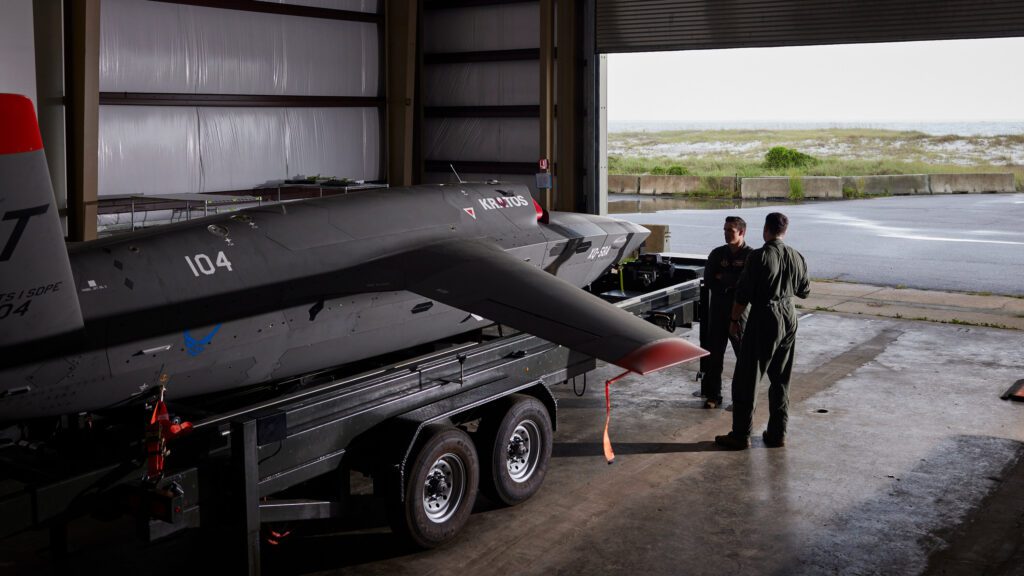The issue of civilian casualties in modern warfare is a complex and morally challenging dilemma. As conflicts intensify in urban areas, the protection of non-combatants becomes increasingly vital. International humanitarian law, as outlined in the Geneva Conventions, aims to safeguard civilians by prohibiting intentional and indiscriminate attacks on them. However, in practice, distinguishing between combatants and non-combatants can be difficult, especially in asymmetric conflicts. The human cost of civilian casualties is devastating, causing loss of innocent lives, displacement, and emotional trauma. Technological advances offer precision in targeting enemies but also raise ethical concerns. To minimize harm to civilians, thorough risk assessments, proper training, and accountability for actions are essential. Prioritizing humanitarian principles in warfare is crucial to reducing the human cost of conflict.
The Dilemma of Civilian Casualties in Modern Warfare: Navigating Moral Gray Areas
Introduction
In modern warfare, the issue of civilian casualties is a complex and morally challenging dilemma. As conflicts become more urbanized and civilian populations are increasingly caught in the crossfire, the question of how to minimize harm to non-combatants becomes ever more pressing. However, navigating the moral gray areas surrounding civilian casualties is far from straightforward, as military necessity often clashes with humanitarian principles.
The Legal Framework
International humanitarian law, embodied in the Geneva Conventions, sets out rules governing the conduct of armed conflict in order to protect civilians and other non-combatants. These rules prohibit intentional attacks on civilians, as well as indiscriminate attacks that fail to distinguish between military targets and civilians. However, in practice, the line between combatants and non-combatants is often blurred, especially in asymmetric conflicts where insurgents may intentionally blend in with civilian populations.
The Human Cost
Regardless of legal frameworks, the human cost of civilian casualties cannot be overstated. The loss of innocent lives, the displacement of families, and the destruction of homes and infrastructure all have long-lasting consequences that go far beyond the immediate impact of a military strike. The emotional and psychological trauma inflicted on survivors can be just as devastating as the physical harm caused by the violence.
The Ethical Dilemma
At the heart of the dilemma of civilian casualties in modern warfare lies an ethical quandary: how can we balance the imperative to protect civilians with the necessity of achieving military objectives? On one hand, military commanders have a responsibility to minimize harm to non-combatants and adhere to the principles of proportionality and distinction. On the other hand, combat operations often require difficult choices and trade-offs that may result in unintended harm to civilians.
Technological Advances
Advances in technology, such as precision-guided munitions and drone strikes, have made it possible to target enemy combatants with greater accuracy and reduce the risk of civilian casualties. However, these technological advancements bring their own set of ethical challenges, including the potential for misuse and the risk of detachment from the reality of warfare. The remote nature of drone warfare, in particular, raises questions about the moral responsibility of operators who may be thousands of miles away from the battlefield.
The Way Forward
As we grapple with the dilemma of civilian casualties in modern warfare, it is clear that there are no easy answers or quick fixes. However, there are steps that can be taken to reduce the likelihood of harm to non-combatants. This includes conducting thorough risk assessments before launching military operations, providing adequate training to military personnel on the laws of war, and holding those responsible for civilian casualties accountable for their actions.
Ultimately, the challenge of navigating the moral gray areas surrounding civilian casualties requires a commitment to upholding humanitarian principles even in the heat of battle. By prioritizing the protection of civilians and avoiding harm whenever possible, we can strive to minimize the human cost of war and uphold the dignity of all those affected by armed conflict.
